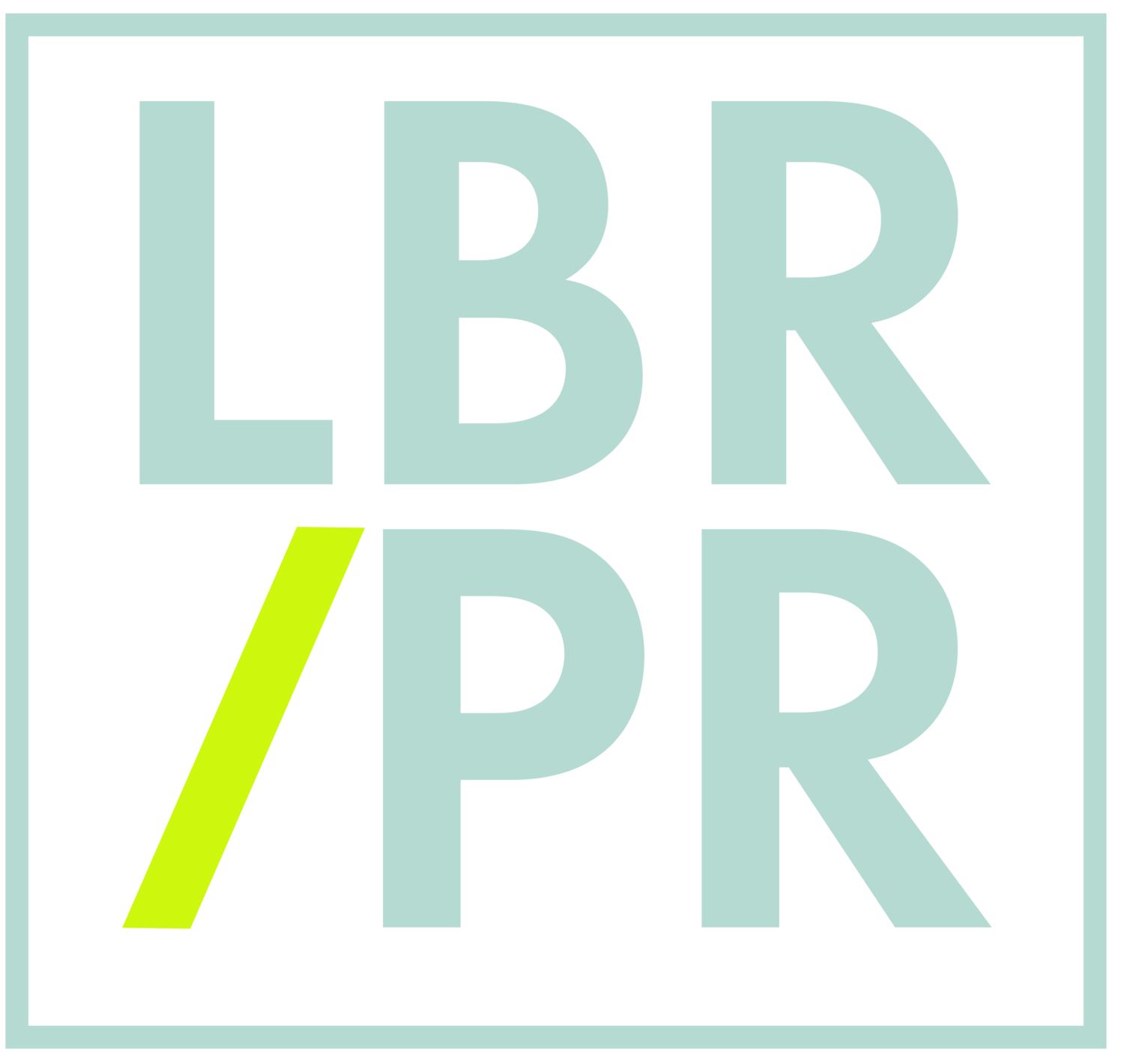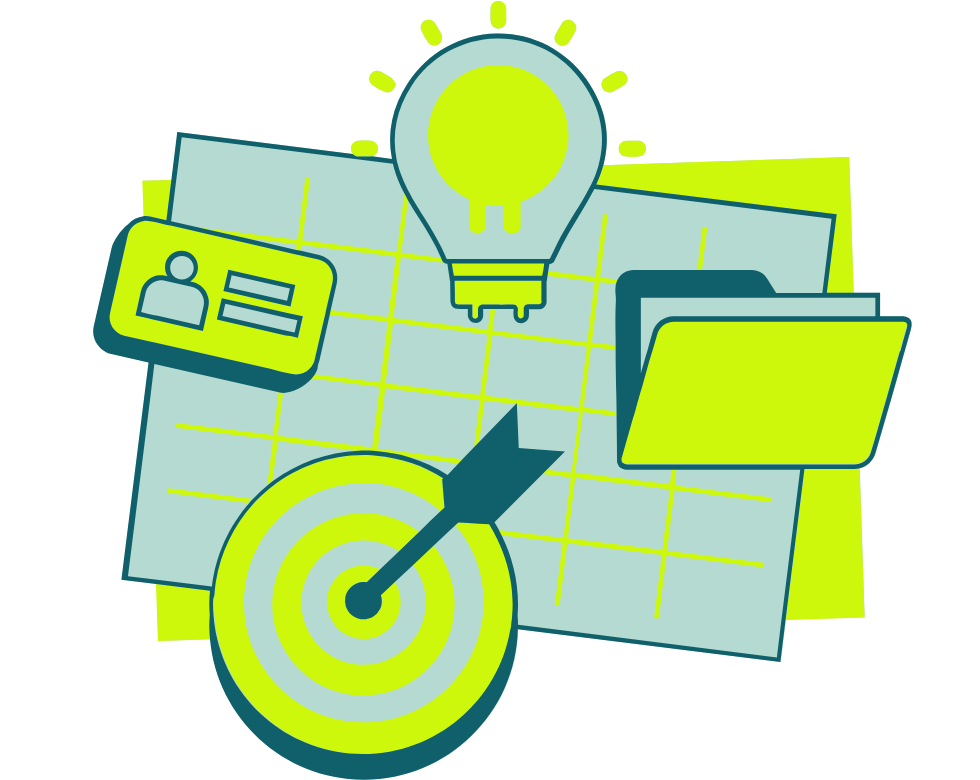When Ads Say “No,” PR Says, “Hold my beer.”
Why October Is the Moment for Women’s Health.
October is a tentpole moment for women’s health: it’s both Breast Cancer Awareness Month and Menopause Awareness Month. Editors plan around these calendars, audiences pay attention and policymakers are called to listen. It’s the perfect window to tell true, meaningful stories if your business or brand is in this space, and a big “why now” moment for the media to cover them.
But there’s a rub. Many social media and advertising platforms still throttle or reject women’s‑health content, especially anything mentioning breasts, vaginas, sexual function, lactation or menopause. Recent reporting documented ads and posts on everything from endometriosis to postpartum recovery and vaginal health have been for being “illegal” or flagged as “adult,” even while male erectile‑dysfunction ads ran freely. One Amazon example even rejected the word “vagina.”
This isn’t an isolated incident, and it is having REAL impact.
Six women’s‑health startups filed EU complaints under the Digital Services Act alleging systemic bias by Meta, Google, LinkedIn and Amazon, reporting widespread rejections, removals, shadowbans and vague appeals. Their data: 84% had ads rejected on Meta, 66% on Google, and 64% had product listings removed on Amazon. Revenue impacts ranged up to $5M per company.
And the gatekeeping isn’t just in advertising. E‑commerce and search rules have labeled vaginal‑health products “potentially embarrassing,” limited age‑appropriate informational content and filtered legit medical terms like vaginal dryness. Ironic, since the average age when your girls get their first period is twelve.
What to do instead of shouting into a moderated, censored void?
Double down on earned media and thought leadership by seeking covering in credible stories, by providing useful data and expert POV for outlets audiences and algorithms already trust. Even AI‑driven discovery leans on these sources: Muck Rack’s latest analysis of >1M LLM citations found:
More than 95% of links come from non‑paid media
Eighty-nine percent from earned placements (media coverage OR features on other blogs or websites)
Journalism accounts for 27% overall and 49% on “what’s new” queries
In short, coverage gets quoted back.
Bottom line:
If platforms won’t let you say “nipple,” let newsrooms say “screening.” If “vaginal dryness” gets your ad limited, let reporters quote your clinician explaining why words – and access to excellent healthcare for women – matter.
Feeling the heat from censorship on paid platforms? Let’s talk about the possibilities of earned media for your women’s health brand.

